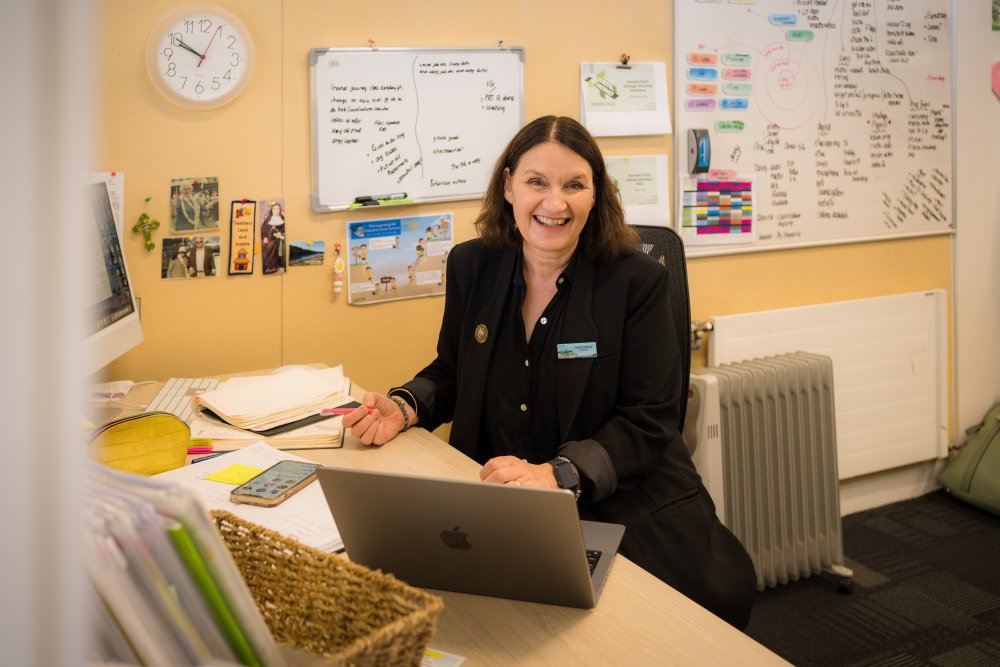Welcome from the Principal
Kia Ora, Bula, Aloha, Talofa, Namaste, Hello
A very warm welcome to Kawaha School Learning Community, one that I feel privileged to be able to support and lead.
As Principal, I am passionate about our team knowing each child. As a team we are dedicated in knowing and understanding your child’s story, that is our commitment to them and you their whānau. Our School is a place where tamariki are valued and encouraged to develop their talents and interests. To learn and have fun.
Our curriculum is rich in content and delivery. We provide a learning programme that is purposeful to our children. Our team of teachers and support staff work hard to ensure that our kids enjoy and are involved in their learning, while equally being challenged so they are equipped for their future endeavours- have a passion for learning and know their strengths.
Here at Kawaha Point we understand that long term success is built on broader qualities and values. Our ETC’s (Explorer, Thinker and Citizen) are the foundation of such qualities. These dispositions are developed over time and immersed through our programmes. They form the basis of our Language of Learning and are a support for children to lean on when navigating their way through the learning process.
Our school vision of Ki te Taumata- aim for the best -forms our mantra in all we do. We strive to provide the best education and learning for your child.
I hope that you enjoy exploring our website to learn more about Kawaha Point School and the type of learning your child will experience. However, nothing can match the experience of actually seeing and feeling for yourself the warmth and friendliness of our school. I would be delighted to meet you, give you a tour, introduce you to our team and our children, and to show you what makes Kawaha School the special place we believe it to be.
Best wishes, Piki te ora,
Maria Gillard.

